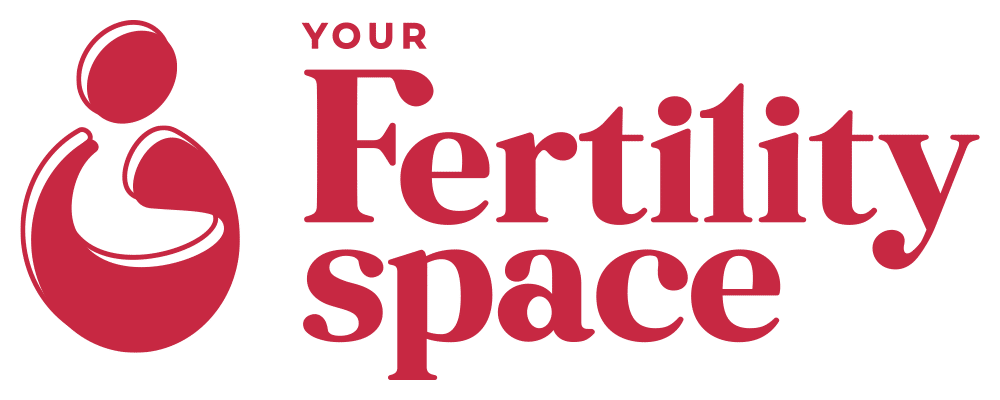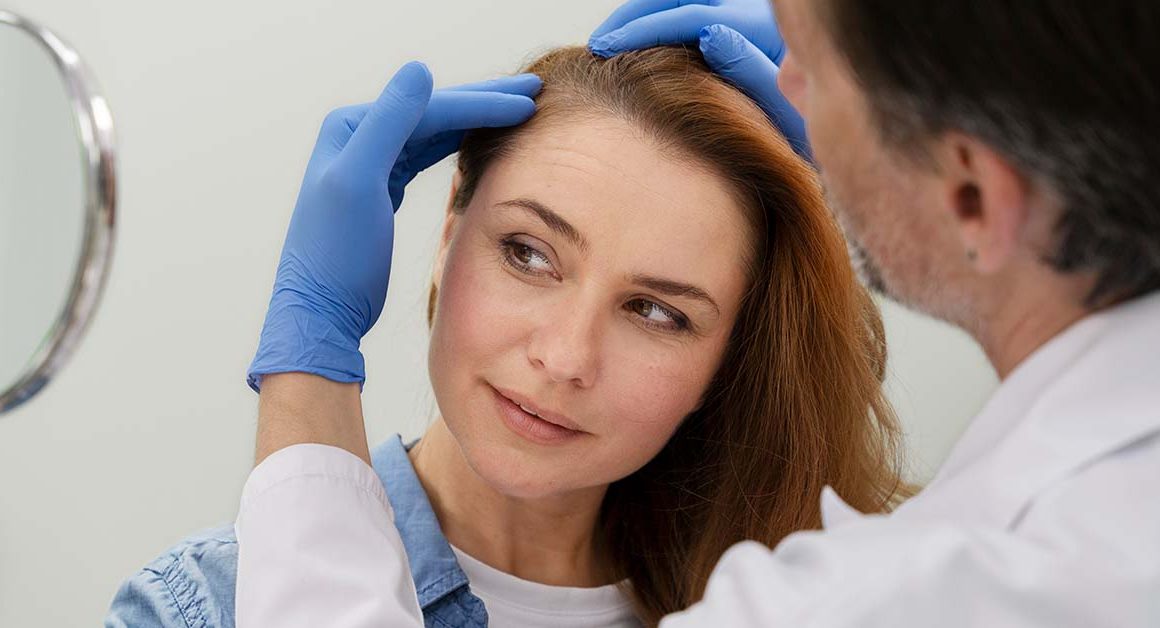Is it possible to know the ovarian reserve by analyzing a hair sample?
Clínica Tambre, following its determination to promote scientific development and investigation, has decided to participate in the latest study promoted by MedAnswers and the Universidad Autónoma de Barcelona. The aim of this research is to establish a new, non-invasive technique for finding out women’s ovarian reserve, based on the analysis of a small sample of hair.
What information would this sample provide to Assisted Reproduction specialists?
The ovarian reserve is an important indicator of female fertility. The conventional way to determine it is to carry out an antral follicle count by ultrasound and calculate the values of oestradiol, follicle-stimulating hormone (FSH) and antimullerian hormone (AMH) with a blood test.
Hormone tests carried out in the traditional way express results that represent the levels at the time the blood sample is taken. Although AMH values remain the same throughout the cycle, FSH ones, for example, do not.
Since hormones accumulate in the hair over time, the initiative by MedAnswers and the Universitat Autònoma de Barcelona will make it possible in the future to provide more complete information on the hormones involved in fertility. Likewise, the tests carried out so far show that in addition to AMH, dehydroepiandrosterone (DHEA), oestradiol, progesterone, testosterone, cortisol, prolactin and vitamin D can be known from a hair sample.
What would this advance in assisted reproduction treatments involve?
Alicia Tío, Embryologist, Fertility Navigator at MedAnswers and in charge of managing this project at Clinica Tambre, explains that the results obtained to date are very promising, so we could be looking at an unprecedented discovery for the scientific community, which would also benefit patients undergoing assisted reproduction treatments.
Often, what is known as pre-treatment, when fertility specialists will ask their patients for various tests in order to make a diagnosis, can become a tedious process that requires several trips to several centres on different days.
It is true that at Tambre we organise everything so that our patients can undergo the maximum number of tests possible in a single consultation. However, when the person comes from another city or country, the pre-treatment tends to be done there. Being able to find out the ovarian reserve how we have been mentioning throughout this text, would save time for many patients, as it is a simple test that could be carried out from home.

